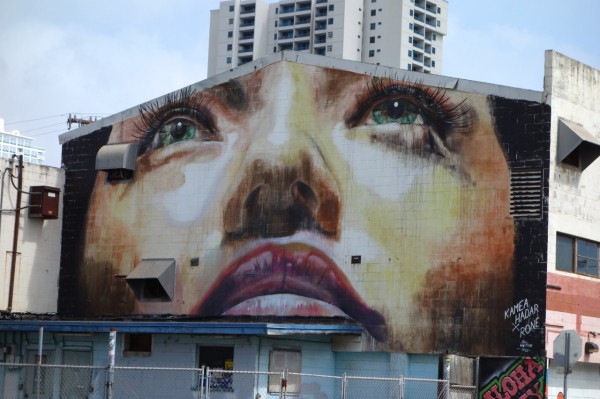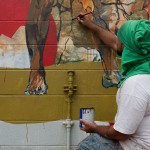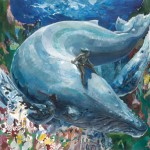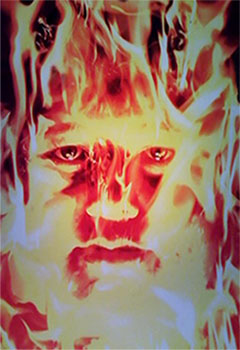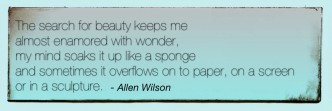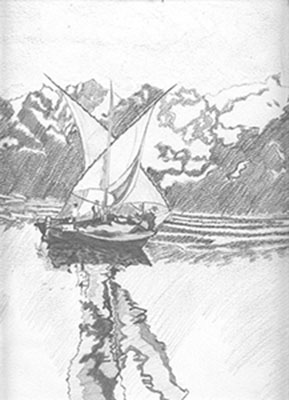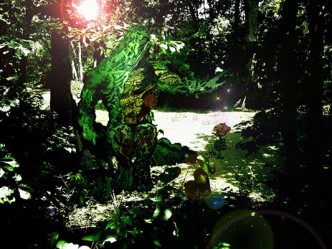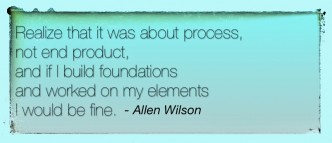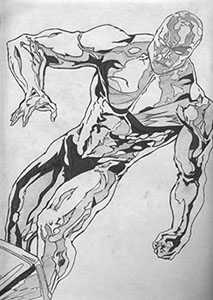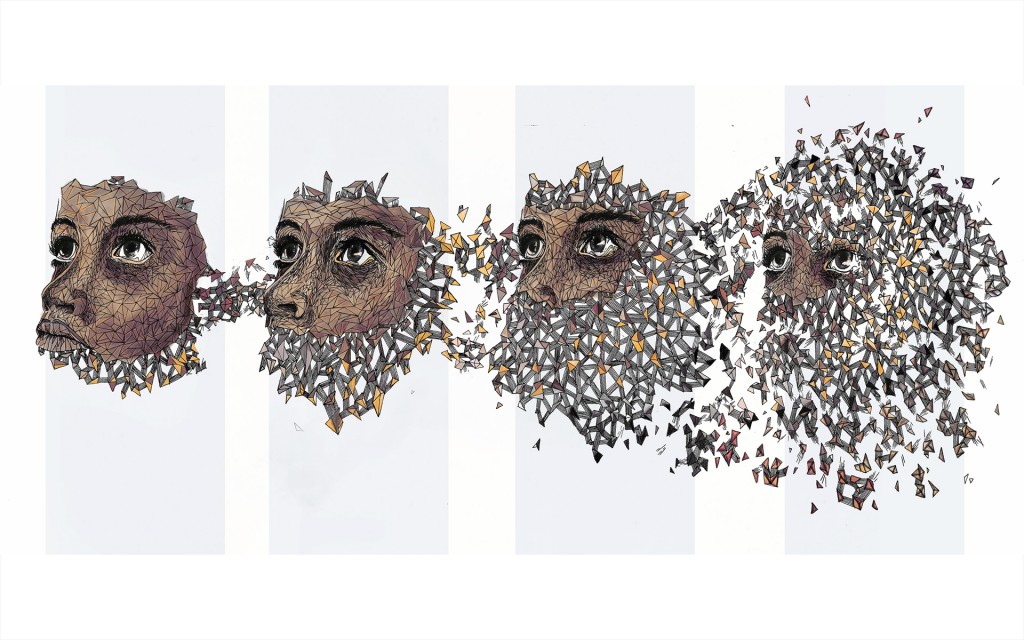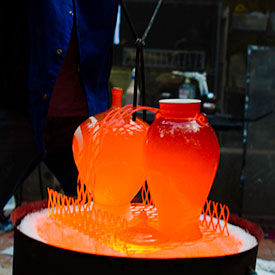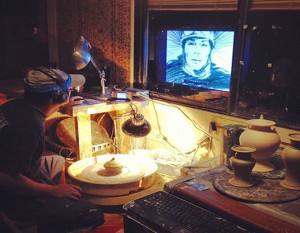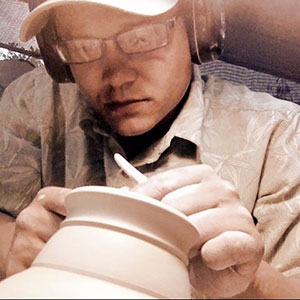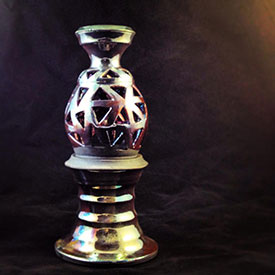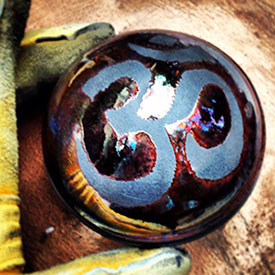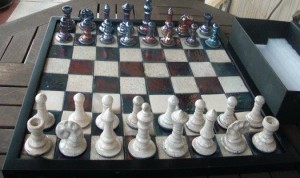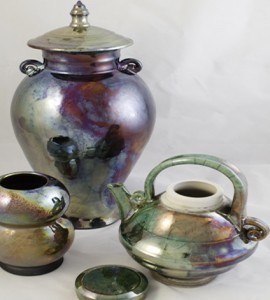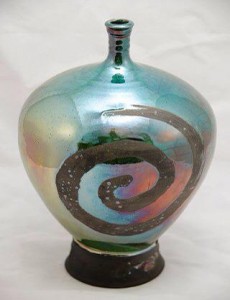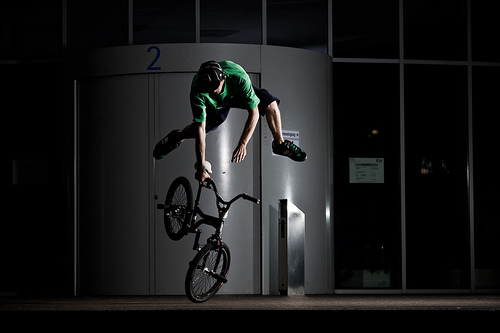Betalningsmetoder för spel på bettingsidor utan svensk licens 2023

Att välja bland olika metoder för att hantera sina transaktioner kan vara avgörande för en smidig spelupplevelse. När det kommer till sidor som inte följer den svenska regleringen finns det en uppsjö av alternativ som kan passa både nya och erfarna spelare.
En av de mest eftertraktade funktionerna i detta sammanhang är möjligheten till snabba uttag. Det är inte bara tidsbesparande, utan ger också spelarna en känsla av kontroll och trygghet i sina finansiella transaktioner. Att kunna få sina vinster utbetalda snabbt gör att spänningen kvarstår, och möjligheten till omedelbar tillgång är tveklöst attraktiv.
Banköverföringar förblir en stabil och pålitlig metod för insättningar och uttag. Dessa överföringar erbjuder spelarna trygghet och säkerhet, vilket är ovärderligt i en miljö där det ofta handlar om pengar och personuppgifter. Med flera alternativ tillgängliga kan varje individ välja en lösning som bäst passar deras behov och preferenser.
Vanliga betalningsalternativ för insättningar

I dagens marknad finns det ett flertal finanslösningar tillgängliga för insättningar på plattformar utan strikt kontroll. Många användare söker efter smidiga och snabba uttag, vilket gör vissa metoder mer populära än andra.
Banköverföringar är en klassisk metod för insättningar, men de kan innebära längre väntetider. Å andra sidan erbjuder e-plånböcker ofta överlägsen användarvänlighet och snabbhet. Användare kan snabbt överföra medel utan krångel och med lägre avgifter.
Kryptovalutor har också ökat i popularitet, både för insättningar och transaktioner. De ger en säker och anonym lösning som lockar användare som är medvetna om riskhantering och balkater vid onlineaktiviteter.
Vissa plattformar erbjuder även direktbetalningstjänster som gör det möjligt att genomföra snabba insättningar. Dessa alternativ medför en hög säkerhet och minimerar risken för bedrägerier och obehöriga transaktioner.
Sammanfattningsvis, valet av insättningsmetod kan påverka upplevelsen av att använda dessa plattformar, och det är viktigt att överväga både användarvänlighet och säkerhet innan man gör ett val.
Hur man säkert gör uttag från utländska spelsajter

Att göra uttag från internationella spelsajter kräver noggrannhet och medvetenhet om olika aspekter för att skydda sina medel. Först och främst bör användarvänlighet beaktas; plattformar med tydlig navigering och lättillgängliga alternativ för uttag bidrar till en smidig upplevelse.
En central punkt är säkerhet. Välj alltid sidor som använder modern krypteringsteknik för att skydda dina transaktioner och personlig information. Se också till att sajten följer korrekt riskhantering och har en solid integritetspolicy.
Det finns flera metoder för uttag, inklusive betalkort och banköverföringar, som erbjuder olika nivåer av snabbhet och avgifter. Medan e-plånböcker ofta tillåter snabbare transaktioner, kan banköverföringar ta längre tid beroende på bankens behandlingstider.
Kryptovalutor blir också alltmer populära som betalningsalternativ, särskilt för dem som värdesätter anonymitet och snabbhet. Kom ihåg att kolla på eventuella avgifter kopplade till den valda metoden, eftersom dessa kan variera mellan olika tjänster.
Det är alltid bra att läsa recensioner och erfarenheter från andra användare innan man väljer en metod för uttag, för att försäkra sig om att den valda finanslösningen är pålitlig och effektiv.
Fördelar och nackdelar med olika betalningsmetoder

Det finns en mängd olika sätt att hantera transaktioner på plattformar utan lokal auktorisation, och varje metod har sina egna fördelar och nackdelar.
-
Banköverföringar:
Fördelar inkluderar hög säkerhet och pålitlighet. Nackdelen är att dessa transaktioner ofta tar längre tid att genomföra.
-
Finanslösningar som e-plånböcker:
Snabba uttag och god användarvänlighet gör dem attraktiva. Dock kan avgifter tillkomma, vilket kan påverka totalkostnaden.
-
Betalkort:
Dessa erbjuder en enkel och snabb lösning för insättningar. Å andra sidan kan det förekomma begränsningar i användningen på vissa plattformar.
-
Kryptovalutor:
Fördelarna inkluderar anonymitet och snabbhet i transaktioner. Det finns dock en risk för volatilitet och bristande reglering.
Att välja rätt metod beror på individuella preferenser och vad man värdesätter mest, såsom säkerhet, hastighet eller kostnad. Varje alternativ bör därför noggrant övervägas.
Tips för att välja rätt betalningsmetod på spelsajter
När du väljer metod för insättningar och uttag på olika plattformar är det viktigt att överväga flera faktorer som säkerhet, avgifter och användarvänlighet. Först och främst, se till att den valda metoden erbjuder snabba uttag. Många spelare föredrar e-plånböcker för deras effektivitet, men det finns även banköverföringar som kan vara säkra alternativ.
Att använda betalkort är vanligt, men avgifterna kan variera beroende på leverantör. Kontrollera alltid vilka kostnader som kan tillkomma för olika betalningslösningar. Kryptovalutor har blivit populära för sina anonymitet och säkerhet, vilket kan vara ett bra val för dem som värderar integritet.
En annan aspekt att tänka på är plattformens användarvänlighet. Oavsett vilken metod du väljer, bör processen vara enkel och intuitiv. Det kan vara bra att läsa recensioner och erfarenheter från andra användare på sajter som utländska spelbolag för att få insikter om vilka alternativ som fungerar bäst.
Frågor och svar:
Vilka betalningsmetoder är populära på bettingsidor utan svensk licens?
På bettingsidor utan svensk licens används ofta betalningsmetoder som kredit- och betalkort, e-plånböcker som Skrill och Neteller, samt kryptovalutor som Bitcoin. Många spelare föredrar dessa alternativ på grund av deras snabbhet och säkerhet. Dessa metoder tillåter insättningar och uttag som är snabba och enkelt att hantera.
Är det säkert att använda betalningsmetoder på bettingsidor utan svensk licens?
Säkerheten vid användning av betalningsmetoder på bettingsidor utan svensk licens beror på webbplatsens säkerhetsåtgärder. Det är viktigt att se till att sidan har SSL-kryptering och tydlig information om sina betalningsmetoder. Många spelare känner en viss osäkerhet eftersom dessa sidor inte omfattas av samma regler och skydd som svenska licensierade sajter. Det rekommenderas att alltid göra en noggrann research innan man gör transaktioner.
Kan jag använda mina svenska bankkonton för insättning på bettingsidor utan svensk licens?
Ja, många bettingsidor utan svensk licens accepterar insättningar från svenska bankkonton. Dock kan det vara värt att kolla om sidan erbjuder Swish eller andra populära svenska betalningstjänster. Det är också viktigt att vara medveten om eventuella avgifter och hur lång tid det tar för att genomföra transaktionerna.
Vad händer om jag har problem med mina betalningar på en bettinghemsida utan svensk licens?
Om problem uppstår med betalningar på en bettinghemsida utan svensk licens kan situationen vara komplicerad. Utan svensk licens har spelaren kanske inte samma rättigheter och skydd som på en licensierad sajt, vilket kan göra det svårare att få hjälp. Det rekommenderas att kontakta kundtjänst för att lösa problemet och hålla dokumentation av alla transaktioner för framtida referens.

